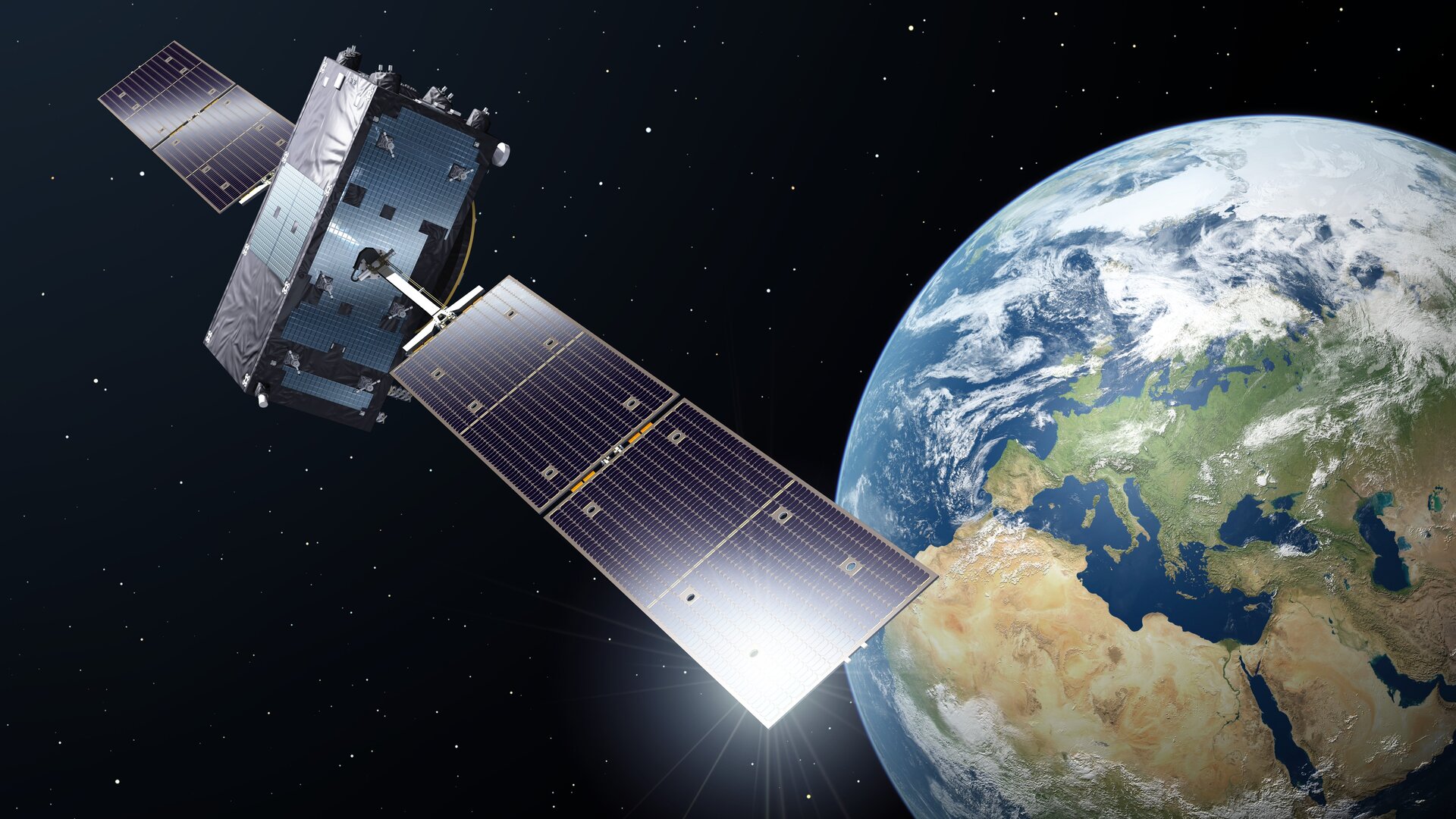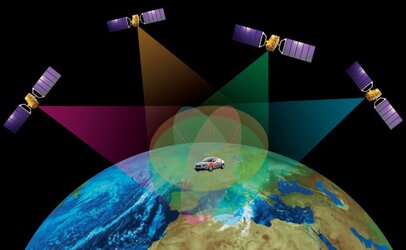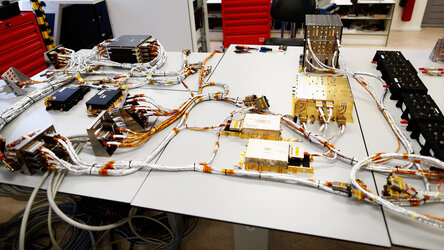Rapid satnav accuracy down to the palm of your hand
A new technique combining Galileo and other satnav constellations to rapidly deliver smaller than hand-sized positioning accuracy has been proven using signals from all over Earth.
Developed by a Spanish research team with ESA, this Fast Precise Point Positioning, or Fast-PPP, technique could in future deliver precise 10–20 cm positioning more quickly than ever before to a wide variety of users, from surveyors to driverless cars.
A standard mass-market single-frequency receiver – such as the chip inside your smartphone – typically delivers positioning accuracy of a few metres. The receiver picks up satnav signals from a minimum of four satellites to compute its longitude, latitude and altitude, as well as synchronising its internal clock with the highly accurate atomic clocks on the satellites and within the ground segment.
Its overall positioning performance is limited by the combination of errors or uncertainties within the system.
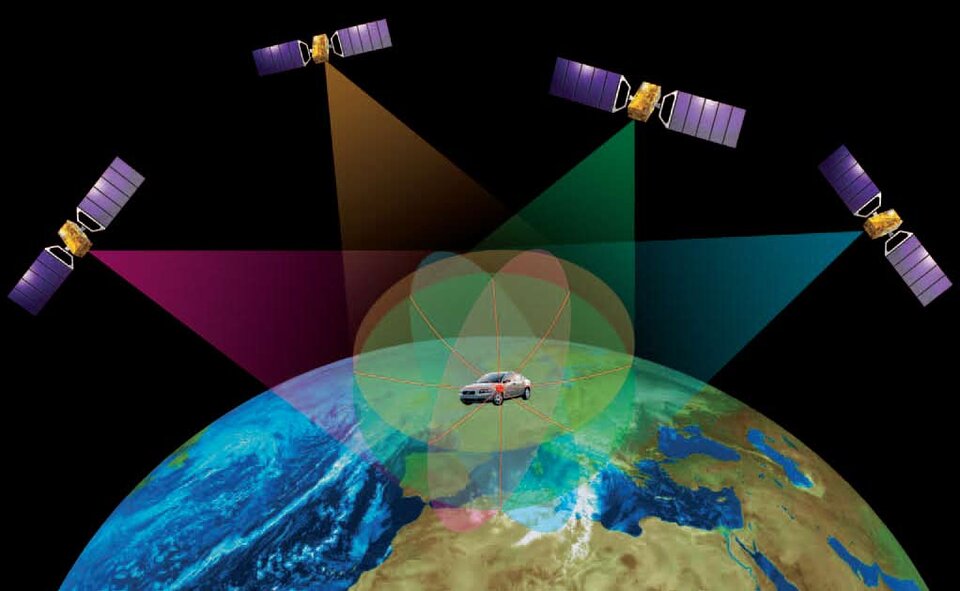
An industrial-grade multifrequency receiver will give improved performance but overall positioning accuracy is still constrained, owing to factors such as orbital clock errors, small variations in satellite orbits and – crucially – signal delays due to interference from the ionosphere, the electrically active outer layers of Earth’s atmosphere.
“Better performance still is possible, but it takes time,” explains Adrià Rovira Garcia of the Technical University of Catalonia, currently working at ESA’s Navigation Laboratory in the Netherlands.
“A technique called ‘precise point positioning’ (PPP) shrinks the level of positioning error involved by adding much more precise clock and orbit values, to deliver 10 cm-scale accuracy. The problem is that this ‘convergence’ process takes time – currently a matter of about one hour – except here we’ve found a method of speeding this up.”
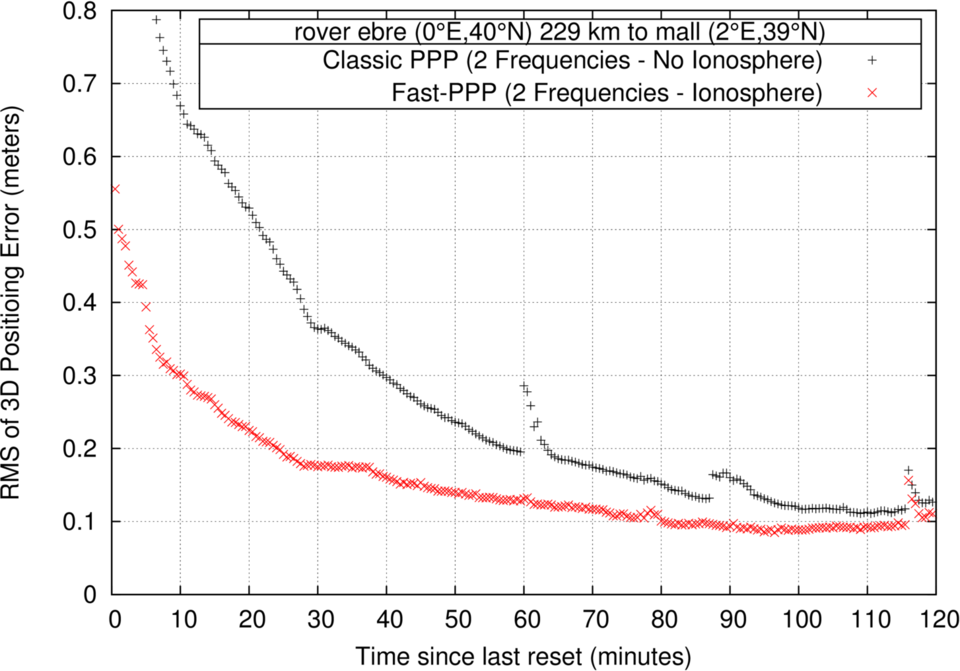
The University’s Research Group of Astronomy and Geomatics has been working with ESA on a Fast-PPP technique, co-patented by the two organisations in 2011.
“Fast-PPP delivers convergence within a matter of minutes, instead of an hour,” explains Adrià.
“Data can be gathered via a worldwide distribution of ground stations, such as the Galileo ground network. Correction values for the latest clock and orbit are generated, as for standard PPP, with the novelty that an additional ionosphere correction value is provided to the user with a sophisticated double-layered model of the ionosphere developed by physicists in my research group.
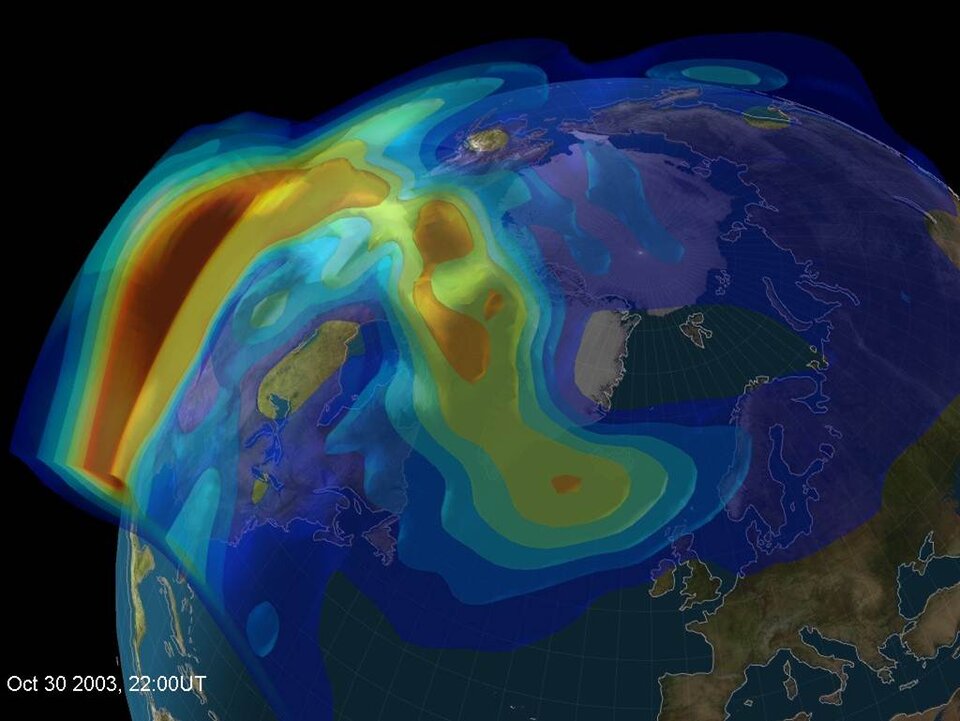
“Because the behaviour of the ionosphere is so varied, this advanced ionospheric model makes a big difference in performance, compared to the standard single-layer ‘eggshell’ model of the ionosphere. And the extra data needed to make Fast-PPP work only adds up to 10% more bandwidth than the classical PPP solution.”
Once convergence is achieved, the Fast-PPP high-performance positioning remains available continuously.
For his PhD work, supported through ESA’s Networking/Partnering Initiative (NPI), Adrià worked on testing Fast-PPP in practice, using the International Global Navigation Satellite System Service (IGS) data from all over the world, along with results in the field gathered by ESA’s Galileo testbed vehicle.

In addition, the team collaborated with Dutch geoscience and surveying company Fugro Intersite, processing satnav data returned from actual survey equipment around the globe.
Fast-PPP can employ multiple frequencies from all four global satnav constellations – GPS, Glonass, Beidou and Galileo – and can continue to operate if some frequencies drop out, giving it added robustness compared to standard PPP, where such a loss would force a restart.
“Our testing shows Fast-PPP does indeed work as planned, and could serve in future as the basis of a high-accuracy satnav service,” adds ESA navigation engineer Francisco Gonzalez.
“Another finding that the Galileo quality of signal is really, really good – the best of the four global systems – so we would need to refresh corrections for them at a lower rate.”
This NPI research has formed the basis of four scientific papers, and been awarded by both the European Geosciences Union’s Geodesy Division and the US Institute of Navigation. Adrià has continued his Fast-PPP research at ESA as a Visiting Scientist from Spain’s Ministry of Education, Culture and Sports.


